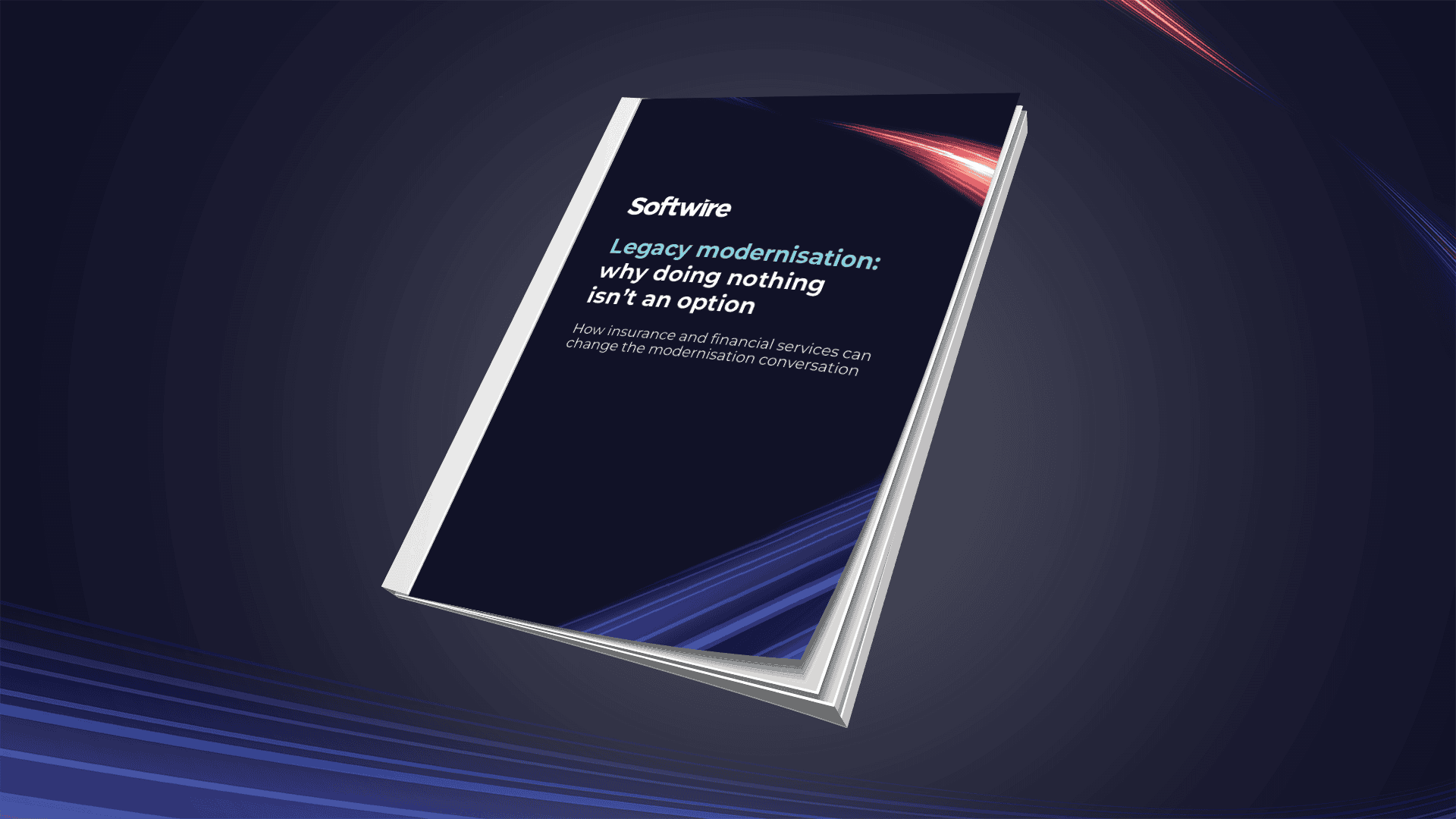
Persuading corporate management teams of the need to innovate can be relatively easy. They’ll have seen how it’s delivered success for numerous startups – potentially at significant cost to their own business – and be keen to get a slice of the action.
But innovating in startups is very different to doing so in larger organisations. Startups’ small teams and flat hierarchies make it easy to maintain agility and razor-sharp focus on a shared vision. This becomes much harder as organisations get bigger. And so despite their much-greater resources and initiatives such as ring-fenced innovation labs, big organisations’ attempts to innovate often fail to live up to expectations.
A notable exception, however, is one of the largest organisations you’ll find: the UK government. Over the past decade, its ability to innovate has produced some genuinely stand-out results.
Having worked on a variety of government digital projects in recent years, we’ve picked out some key learnings that could be applied to improve innovation in commercial businesses.
Be realistic and transparent about the goals of innovation
People’s expectations of corporate innovation are often coloured by the achievements of Airbnb, Uber, Monzo and others – transformational products and services that disrupt entire sectors.
Chasing these kinds of outcomes may be exciting, but for every successful disruptor, hundreds more will have failed. Expecting this kind of success every time will invariably lead to disappointment.
Instead, a lot of what the UK government has done is focus on smaller, iterative improvements to the way it delivers services. By gradually making these step-by-step enhancements, its digital teams have drastically increased their chances of success. Put together, they’ve seen the government end up with a portfolio of high-quality digital services that have met their central aim of saving taxpayers significant sums of money.
Put the user at the heart of your decision-making
Commercial products and services will only be successful if people want to use them. Innovate with this in mind, by putting your end user at the heart of product and service design.
Understand who your user is and what they’re looking to achieve. Then design your product or service to make this as easy as possible for them. This ethos is at the core of the UK government’s approach to building digital services – and high adoption levels show it works.
This approach may sound obvious, but it represents a major shift in mindset for many organisations. It’s common to find key decisions being made by a small group of influential stakeholders, for example, or for there to be a reticence to change an approach that has delivered success in the past.
Collect evidence that proves you’re meeting user needs
To ensure you’re genuinely meeting your users’ needs, you should continually collect evidence and act on it. This enables you to shape your product as you develop it, in ways that increase its chances of commercial success. It also helps you spot and terminate ideas that are unlikely to succeed, as early in the process as possible.
At the beginning, evidence-gathering should primarily be qualitative user research. Talk to your target customers to find out if there’s a need for the product or service you’re proposing, the way government does with its discoveries.
If there is, start developing low-cost prototypes and trying them out with your users. Don’t expect to get it right first time, second time, or even third time. Make gradual changes that tackle the issues people find with each iteration.
As your product or service matures, release it to ever-larger numbers of people, and draw on analytics insights to test whether it’s meeting a need in the best-possible way. Keep doing this even after you launch, to support continual product improvement.
Define your success metrics at the start
Linked to the previous point is the importance of defining success metrics at the beginning of the innovation cycle. Select measures you can test during development. For example: of all the people who start this particular process, at least 80% should complete it.
Having these goals defined and understood from day one gives you a means of gauging overall progress as you develop the product. It also provides something to test each and every enhancement against: does this change push us closer to our target?
Re-use where you can
Something government has done well is create a suite of shared digital services, including its Verify identity-verification service, and Notify communication service. Using these proven capabilities enables teams crafting other digital services to reduce project timelines, cost and risk.
Has your business built digital capabilities you could re-use? If not, are there any you ought to create? Alternatively (or additionally), what third-party products or services are available? Would using these be more beneficial than building your own?
Appoint a single product owner
Lastly, appoint a product or service owner and empower them to make key decisions relating to what’s being built. This individual must bring together the views of users, the business and the delivery team, to create a clear vision for the project.
This approach ensures all views are taken into account and appropriately weighted, while giving all involved clarity over who to speak to when important decisions need to be made. Done well, this will result in a smooth and efficient process that guides the project along a path to meeting users’ goals.
Public sector learnings can deliver commercial success
While larger businesses may primarily seek to learn innovation best practices from commercial startups, many of the innovation challenges corporates face are much more in line with the larger organisations found in the public sector.
By following the government’s lead, businesses can set the right expectations around innovation, and ultimately increase their chances of creating products and services that deliver long-term commercial success.


